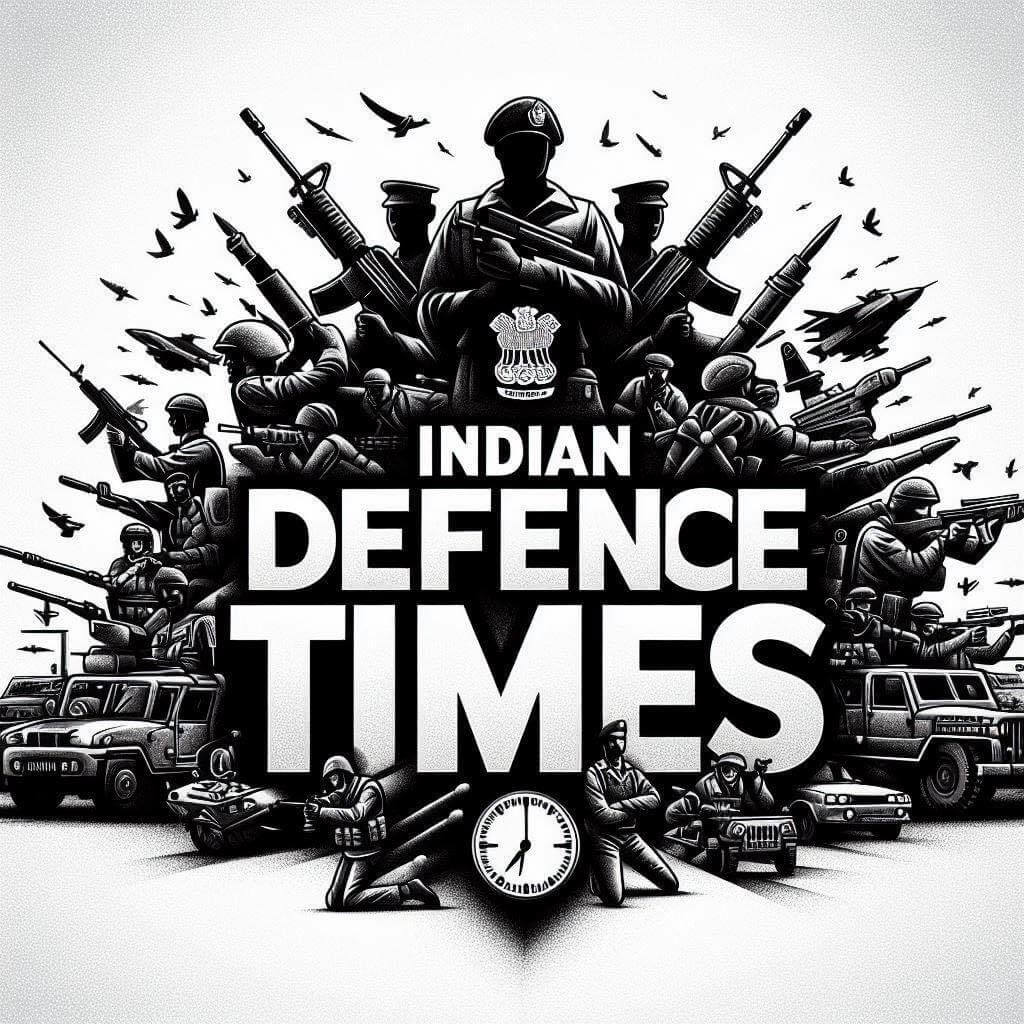In the contemporary world, escalating geopolitical tensions are propelling nations into a relentless arms race. This enduring phenomenon has evolved and intensified in recent years, driven by a complex interplay of political, economic, and technological factors, resulting in heightened militarization and the development of advanced weaponry.
The Multipolar Reality
The global landscape is transitioning from a unipolar system dominated by the United States to a multipolar system where power is more widely distributed among various states, corporations, and non-state actors. This shift has led to increased militarization, new economic fault lines, and intensified cyber warfare, exacerbating international diplomatic tensions and undermining multilateral cooperation.
Key Players and Their Strategies
The United States, China, and Russia are the primary actors in this global arms race. While the U.S. remains the dominant military power, China’s rapid economic and technological progress has established it as a formidable competitor. Meanwhile, Russia, with its substantial military capabilities, continues to assert its influence, particularly in Eastern Europe and the Middle East.
Regional Conflicts and Flashpoints
Numerous regional conflicts and flashpoints fuel the global arms race. Key areas of concern include the ongoing Russia-Ukraine conflict, tensions between China and the U.S., and disputes in the Middle East and East Asia. These conflicts have the potential to escalate into larger confrontations, drawing in multiple nations and heightening the risk of global warfare.
The Role of Technology
Technological advancements are crucial in the arms race. Nations are heavily investing in developing advanced weaponry, such as hypersonic missiles, cyber capabilities, and artificial intelligence-driven systems. These technological innovations perpetuate a continuous cycle of military enhancement, often fostering mistrust and competition among countries.
Economic Implications
The booming defense industry, fueled by increasing geopolitical instability, raises critical questions about global priorities and resource allocation. The rapid expansion of the arms trade amid rising global tensions highlights the intricate interplay between geopolitics, economics, and ethics.












